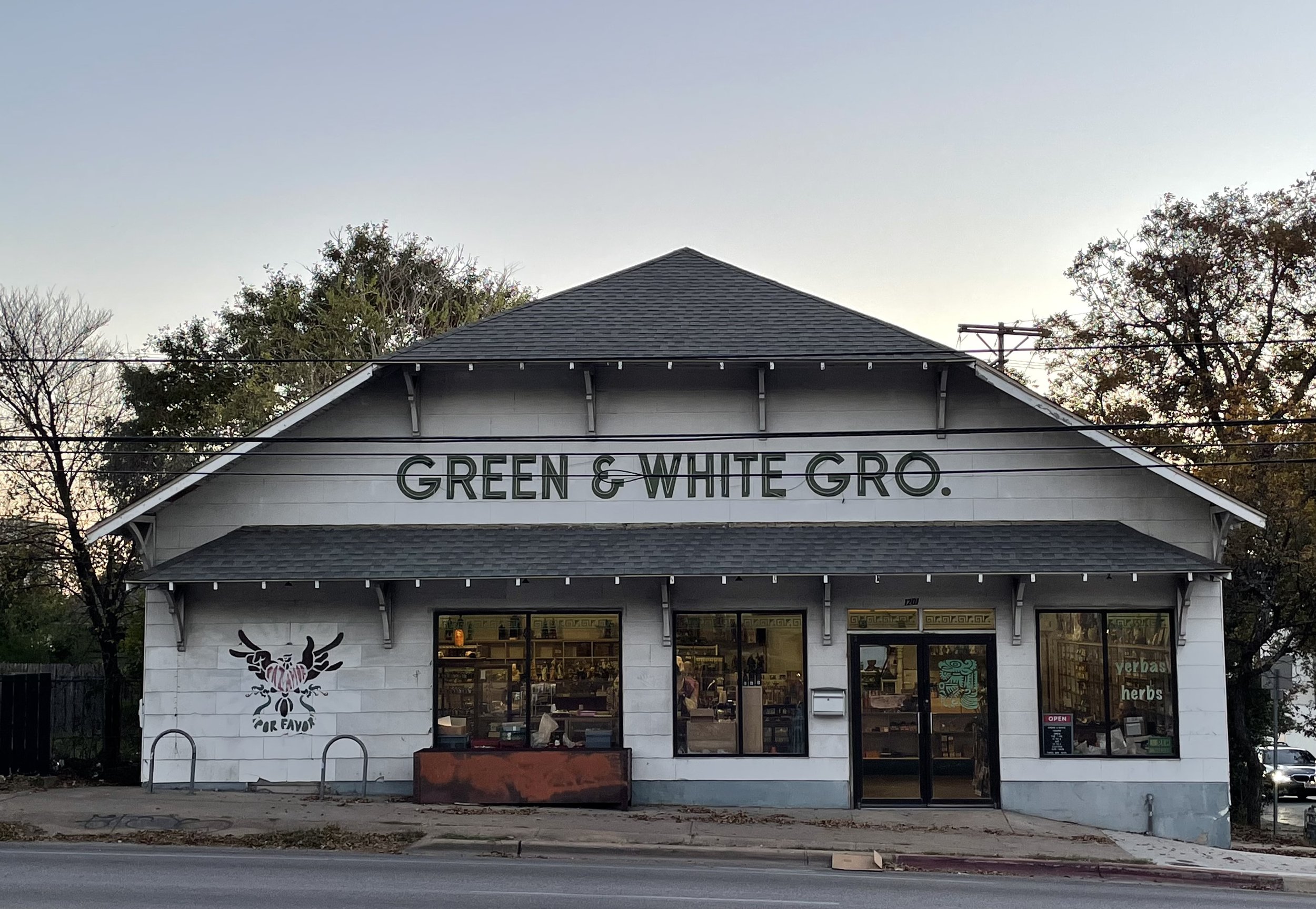Op-Ed: Preservation in Austin is alive and well. But we’re just getting started.
BY JUANRAYMON RUBIO, PRESERVATION AUSTIN BOARD OF DIRECTORS
Broken Spoke, City of Austin Landmark featured in Legacy Business Month
May is National Preservation Month, and it’s worth taking a pulse on preservation efforts across Austin. Historic preservation has evolved from its origins as a predominantly white, “elite,” effort focused on saving “pretty” buildings. Today, preservation is shifting to a more inclusive and equitable conversation around cultural heritage, sustainability, and affordable housing – including right here in our city.
Preservation Austin, the only city-wide nonprofit dedicated to this work, acknowledged this challenge upon implementing its 2020 strategic plan. The 22-person board diversified its ranks from having only two non-white directors and one under the age of 40, to becoming 83% Gen X/Millennials and 40% non-white.
This demographic shift refocused the group on delivering tangible results such as the East Austin Barrio Landmarks Project, last October’s inaugural Legacy Business Month, a documentary celebrating the Rogers-Washington-Holy Cross Local Historic District, and support for saving UT Austin’s Watson Chateau, a historic home with LGBTQ, architectural, and cultural significance. Preservation Austin even provided free commission training for Black and Brown citizens interested in preservation. Thanks to City Council members, five attendees of the training have been appointed to the Historic Landmark Commission (HLC), Planning Commission, and Board of Adjustment.
Kirk House, located in the Rogers-Washington-Holy Cross Historic District (Photo: Lauren Kerr)
Faced with 600+ residential demolitions each year, Preservation Austin is challenging the status quo through creative policy solutions like the Preservation Bonus in the HOME Initiative, simplified house relocation rules, and inclusion of stronger deconstruction initiatives to meet the City’s sustainability goals. The non-profit is also working with City staff to proactively designate new historic landmarks with little to no cost to the owner, most recently Green & White Grocery.
In 2021, the City of Austin launched its Equity-Based Preservation Plan, created by HLC members, staff from 12 City departments, and numerous citizens and stakeholders, including Preservation Austin staff and board members. More than 300 people helped to shape the current draft plan, which is open for public comment and due to the City Council for final approval later this year.
Green & White Grocery, featured in Legacy Business Month and the East Austin Barrio Landmarks Project
Those familiar with the City’s preservation program are no strangers to losing houses, communities, and landmarks to development. Extreme staff shortages have led to mishaps and a reactionary approach to preservation efforts. Nevertheless, Austin should celebrate its preservation staff for their resilience in completing the draft Preservation Plan, beginning a Historic Resource Survey of Downtown Austin, and collaborating with nonprofit partners on what preservation means in Austin. Additionally, the City has invested millions into its reorganized heritage grant program and has recently agreed to inventory culturally and economically significant publicly-owned real estate in the 78702 zip code.
Supporters of the preservationist movement in Austin are not anti-growth, anti-density, or obstructionist – and certainly are not NIMBYs. Community support of historic preservation is thriving in Austin, but there’s more to do. We must adopt and implement the Preservation Plan, which includes new criteria for historic designation, transfer of development rights, and much more. We need community support to create local landmarks and historic districts, one block at a time. We need City staff to consider the impact code changes will have on displacing communities and their threat to our historic resources. Preservation goes beyond architecture, evidenced by UT Austin’s School of Social Work building, an endangered landmark that briefly acknowledges its history during Austin’s integration, and neglects honoring mural artist Raul Valdez.
UT’s School of Social Work, threatened with demolition for athletic facilities (Photo: Larry D. Moore, WIkimedia Commons)
While many Austinites lament about how much the city has changed, thousands of volunteers, historic homeowners, legacy business owners, tradespeople, historians, cultural art enthusiasts, and City staff are working tirelessly to save what’s left. Rather than look to the past and what has been lost, let’s look to the present, at the incredible places we still have, and work together to protect them for the future.
JUANRAYMON RUBIO WORKS AS A PRESERVATION CONSULTANT AT ARCHITEXAS, VOLUNTEERS ON THE BOARD OF DIRECTORS OF PRESERVATION AUSTIN, AND SERVES ON THE CITY’S HISTORIC LANDMARK COMMISSION.





